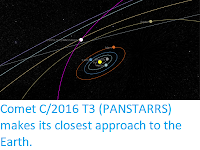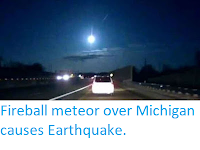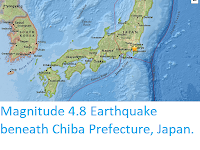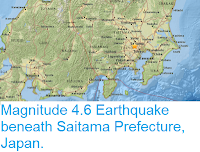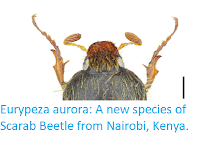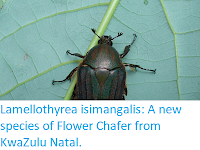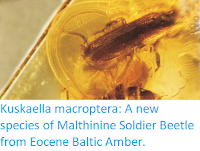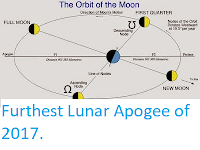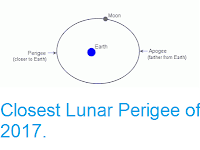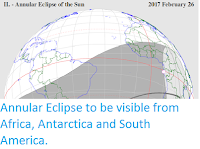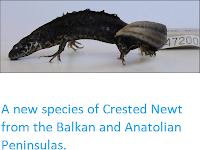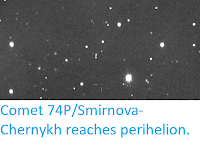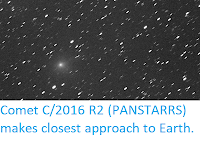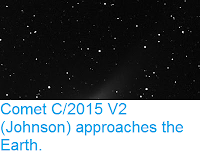Several homes have been evacuated after a landslide in the city of White Rock in British Columbia, Canada, at about 4.30 pm local time on Monday 29 January 2018. An area of land about 50 m by 60 m has shifted downslope, pushing into the side of an apartment block, covering at least one patio and potentially disturbing the foundations of the structure. Four apartments were initially evacuated, but residents of two of these have now been allowed to return.
The scene of the 29 January 2018 White Rock landslide. White Rock Sun.
The incident occurred after several days of heavy rain that have caused a number of flooding and landslip events in the Metro Vancouver area. Landslides
are a common problem after severe weather events, as excess pore water
pressure can overcome cohesion in soil and sediments, allowing them to
flow like liquids. Approximately 90% of all landslides are caused by
heavy rainfall. n another incident in the same area a landslide has blocked part of the train line connecting Vancouver to Bellingham in Washington State, USA, with the result that train services will be replaced with a bus service till at least Wednesday 31 January.
See also...
Follow Sciency Thoughts on Facebook.









